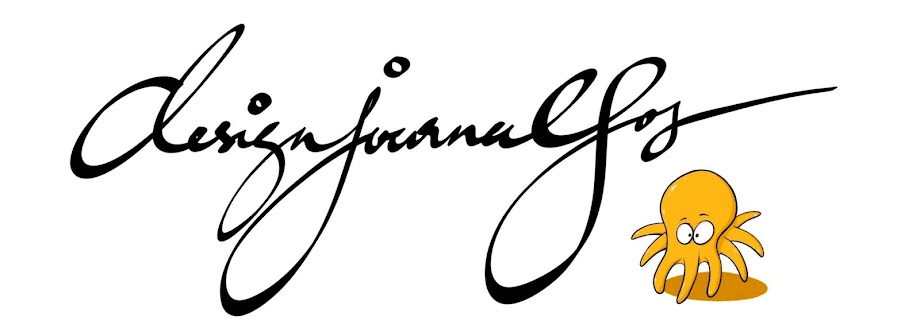Without prior knowledge of what they are going to design, I got my students to begin their project with a task to research on as many storage examples as possible. This activity is a follow up on the lesson on 'Innovation' and about innovative products / solutions.
What my students could produce will be a good indication on whether they have learned to identify and pick out innovative products from the norm. This is a very important skillset to acquire for the later stages of Ideation & Development. One must first learn to understand and identify an innovative solution. Then the possibility of being able to churn out innovative solutions is possible. Other very essential skills like sketching and the ability to generate many ideas quickly and effortlessly are another set of skills to be covered later.
Here is how you can complete the task:
- I have a list of 'Design References' on the right hand side of this blog. Scroll down and you will see a cool list of websites that I have compiled.
- Pick one website randomly or start from the first one (or the last), study those innovative solutions, read what is written about them. Click the link that brings you to its original website (if any). Think about those innovative solutions and what inspired the design. Admire them. Start to get used to seeing and knowing that these products exists.
- Select those associate with 'Storages' and use them in your journal as your research.
- Remember to include the URL to acknowledge where you get the images from. The URL will also be useful later when you need to trace back to its origin later.
Some other useful tips to do your research:
- You need to know what you want to know or find out, before you can set off and do some research. Otherwise you will be a headless cockroach running frantically and heading no where. Be very clear of your objective. Your objective is to find 'as many (innovative) product storage examples as possible'.
- You can either search aimlessly, randomly or you can set for yourself a simple structure to do your research.
- Each of those methods can yield very different outcomes. Researching randomly may bring you some surprises cause you won't know what is next. But being 'random' will also mean taking a longer time to complete your task. Being 'random' allows you to get in touch with more general stuffs which you otherwise might not have cross path with. Being 'random' is very good if you have time and want to study and admire stuffs slowly.
- Having a simple structure allows your research tasks to be more focused. An example of a simple structure is to use the method called 'Location Mapping'. 'Location Mapping' simply means 'the map of a location', for example a map of your Home. You begin by identify parts of your home, e.g. the Living Room, the Bedroom, the Study Room, the Kitchen, and Bathroom, etc. You visualise yourself walking through these locations. When you arrive at the 'Living Room', 'look' around and ask yourself 'What do I see that is a storage, needs or have a storage?' Make a list of them. You can then use your list in a systhematic way to find the type of storages. You move on to the next item, and the next location, until you finish your entire house. When you finished you will have various categories of researches related to 'Home' storage solutions.
- Even better if you are physically at home and you'll literall walk around with your notebook and start listing stufss down.
- If I were you, I will use a mix of both (Random and Simple Structure) to get the best of both wolds in my research.
Fill up to three or four pages in your journals with many research images. We will be using them for Idea Generation.




No comments:
Post a Comment